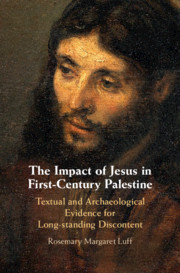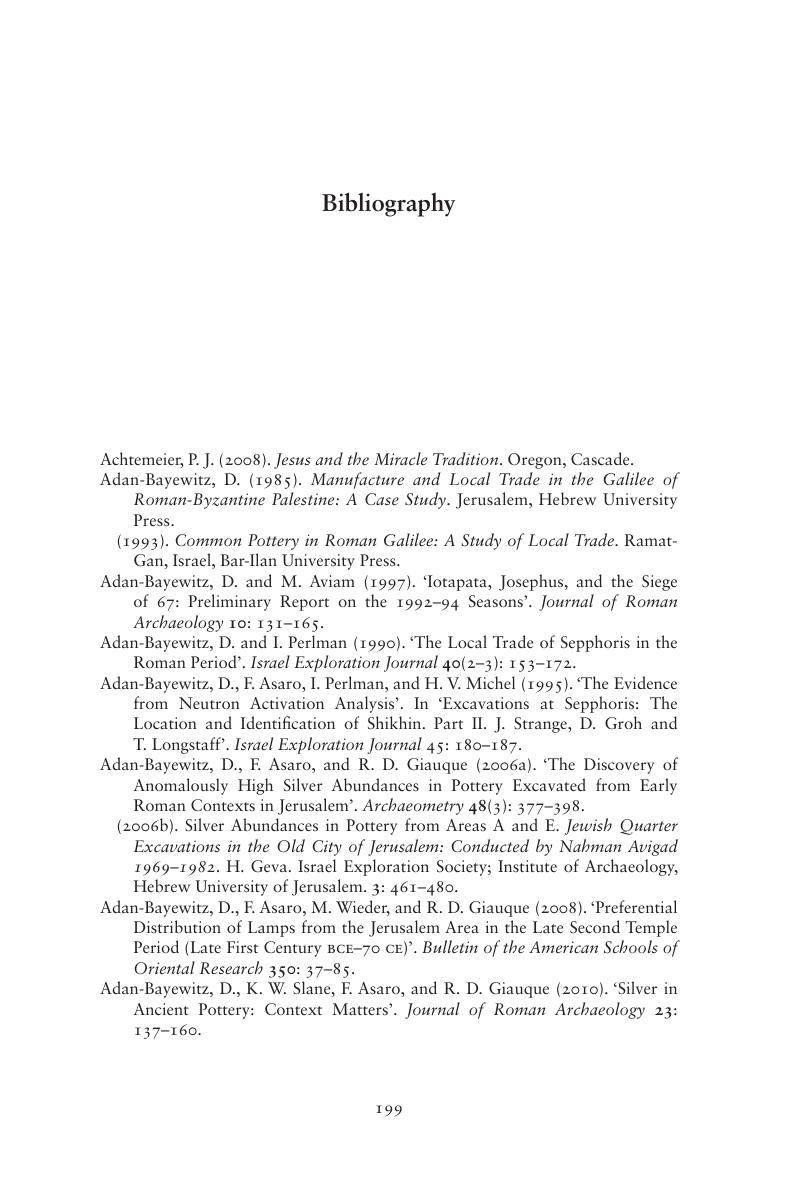 The Impact of Jesus in First-Century Palestine
The Impact of Jesus in First-Century Palestine Book contents
- The Impact of Jesus in First-Century Palestine
- The Impact of Jesus in First-Century Palestine
- Copyright page
- Dedication
- Contents
- Illustrations
- Preface
- Introduction
- Part I Memories of Jesus: The Textual Evidence
- Part II Jesus in Context: The Archaeological Evidence
- Conclusion
- Bibliography
- Index
- References
Bibliography
Published online by Cambridge University Press: 26 July 2019
- The Impact of Jesus in First-Century Palestine
- The Impact of Jesus in First-Century Palestine
- Copyright page
- Dedication
- Contents
- Illustrations
- Preface
- Introduction
- Part I Memories of Jesus: The Textual Evidence
- Part II Jesus in Context: The Archaeological Evidence
- Conclusion
- Bibliography
- Index
- References
Summary

- Type
- Chapter
- Information
- The Impact of Jesus in First-Century PalestineTextual and Archaeological Evidence for Long-standing Discontent, pp. 199 - 242Publisher: Cambridge University PressPrint publication year: 2019
